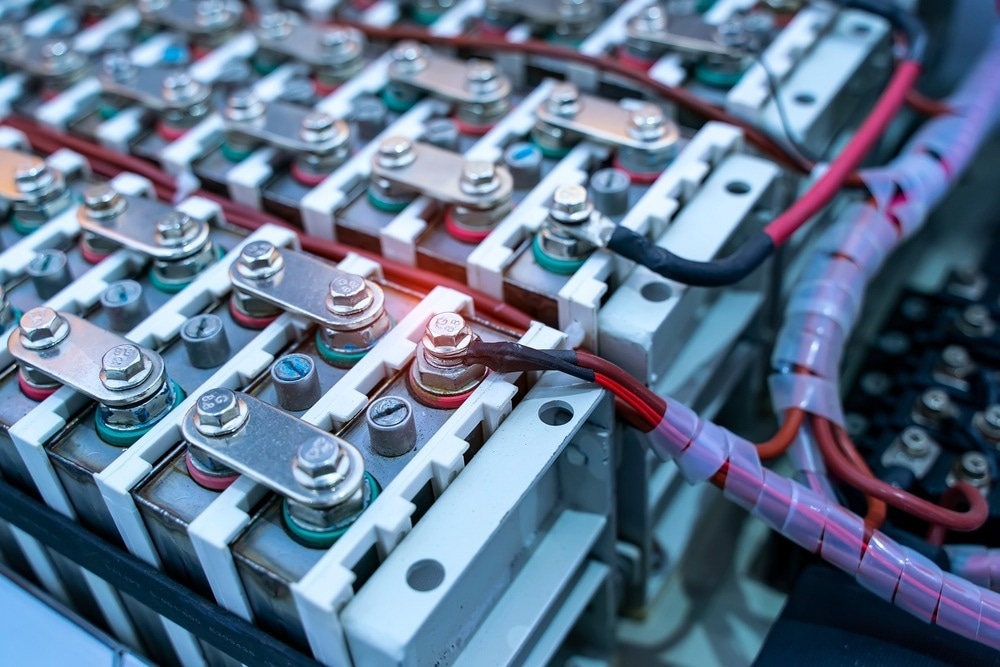New and improved batteries are required to accommodate the growing global demand for electric vehicles. All-solid-state lithium-sulfur batteries are one promising candidate. According to researcher Justin Kim, they can store approximately ten times the amount of energy as standard lithium-ion batteries.

Image Credit: asharkyu/Shutterstock.com
According to Kim, this form of rechargeable battery employs sulfur, a material that is less expensive, more easily available, and more environmentally friendly, as well as substantially safer. This means that an electric car could be less expensive to buy, can travel farther on a single charge, and is a safer journey for the entire family.
The fundamental understanding of this type of battery is very limited right now because it is an emerging technology. So, not much is known about their operational mechanism and their failure modes, and this information is really important for designing longer-lasting, high-energy-density batteries.
Justin Kim, Ph.D. Student, University of California, Los Angeles
Kim and colleagues from Western University used the Canadian Light Source (CLS) at the University of Saskatchewan to investigate what occurs inside these batteries when they are activated. They determined which sulfur species are produced in the battery during operation and how this can affect performance or cause the batteries to fail. Nature Communications reported their findings.
Kim added, “The research we were able to do at the CLS really enabled us to better understand how these batteries work. With these new insights, we were able to form new design principles that can further improve the battery’s performance, including the lifetime of the battery and how much energy it can store.”
The team is optimistic that they will be able to expedite the adoption of this new technology into everyday life within the next five to ten years.
Kim further added, “These batteries are a really promising candidate for use in electric vehicles and a lot of new emerging technologies, such as electric aviation.”
Kim was inspired as a child by the sulfur deposits in Vancouver that his family used to travel past. The yellow material is stacked in enormous mounds by the city’s coast.
“I found it really fascinating that you can use sulfur as a material in a battery,” he noted.
The prospect of this plentiful mineral in Canada and elsewhere excites him.
Kim concluded, “I am passionate about this field because I think that it can contribute to mitigating the effects of climate change and also help society transition towards electromobility and some next-generation applications for electricity.”
Developing batteries with 10 times the energy storage. Video Credit: Canadian Light Source
Journal Reference
Kim, J. T., et al. (2023) Manipulating Li2S2/Li2S mixed discharge products of all-solid-state lithium sulfur batteries for improved cycle life. Nature Communications. doi:10.1038/s41467-023-42109-5